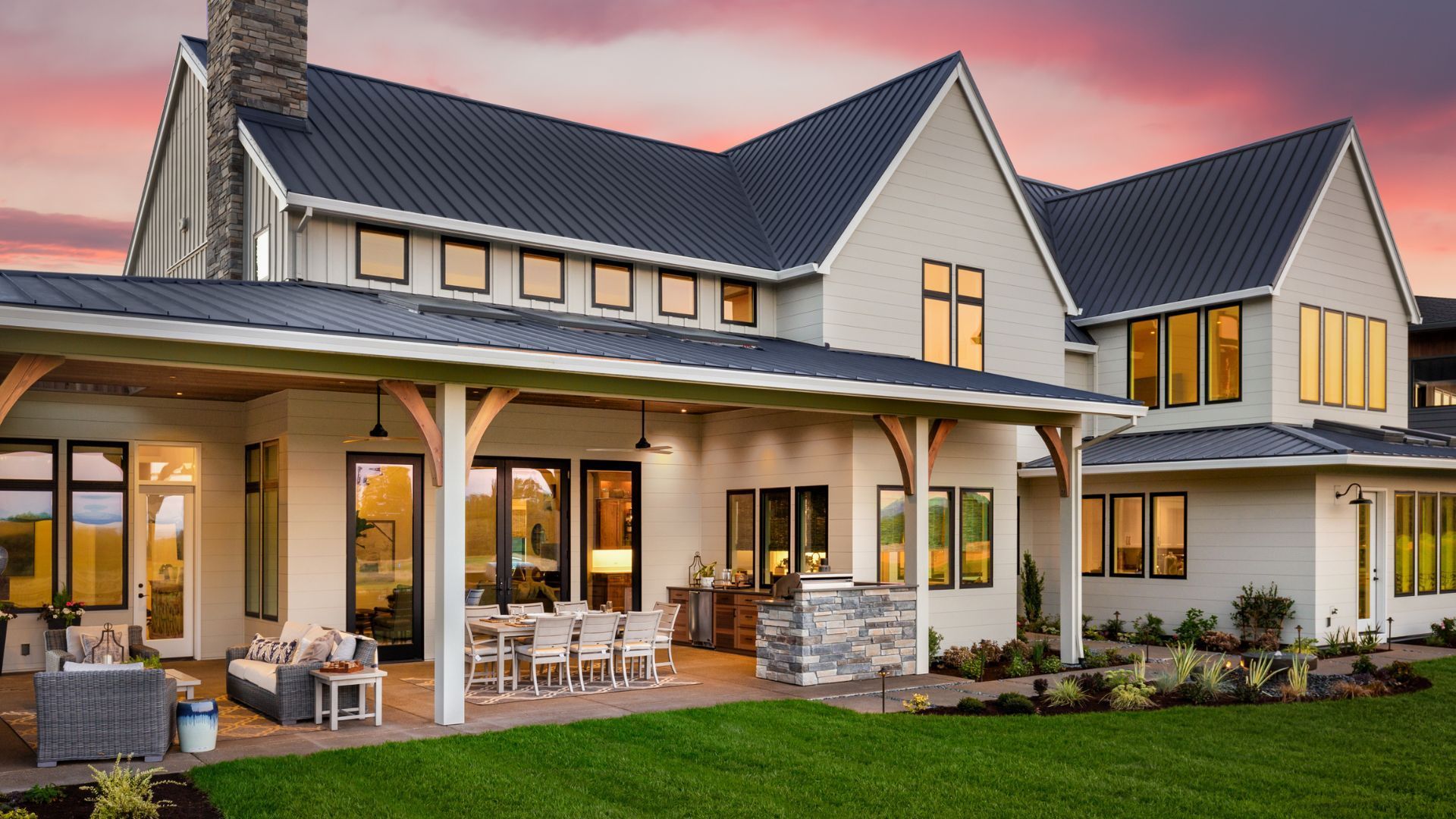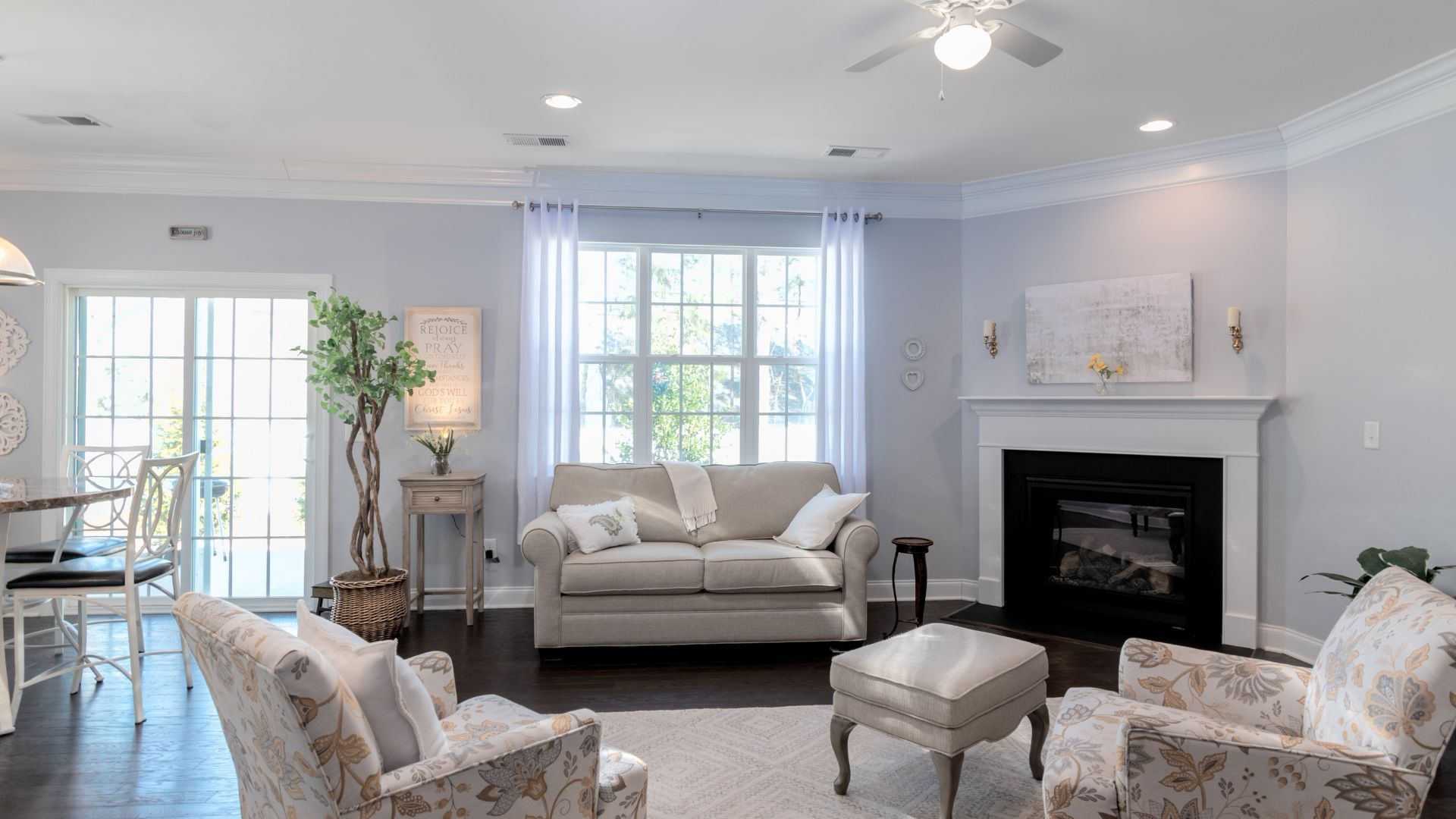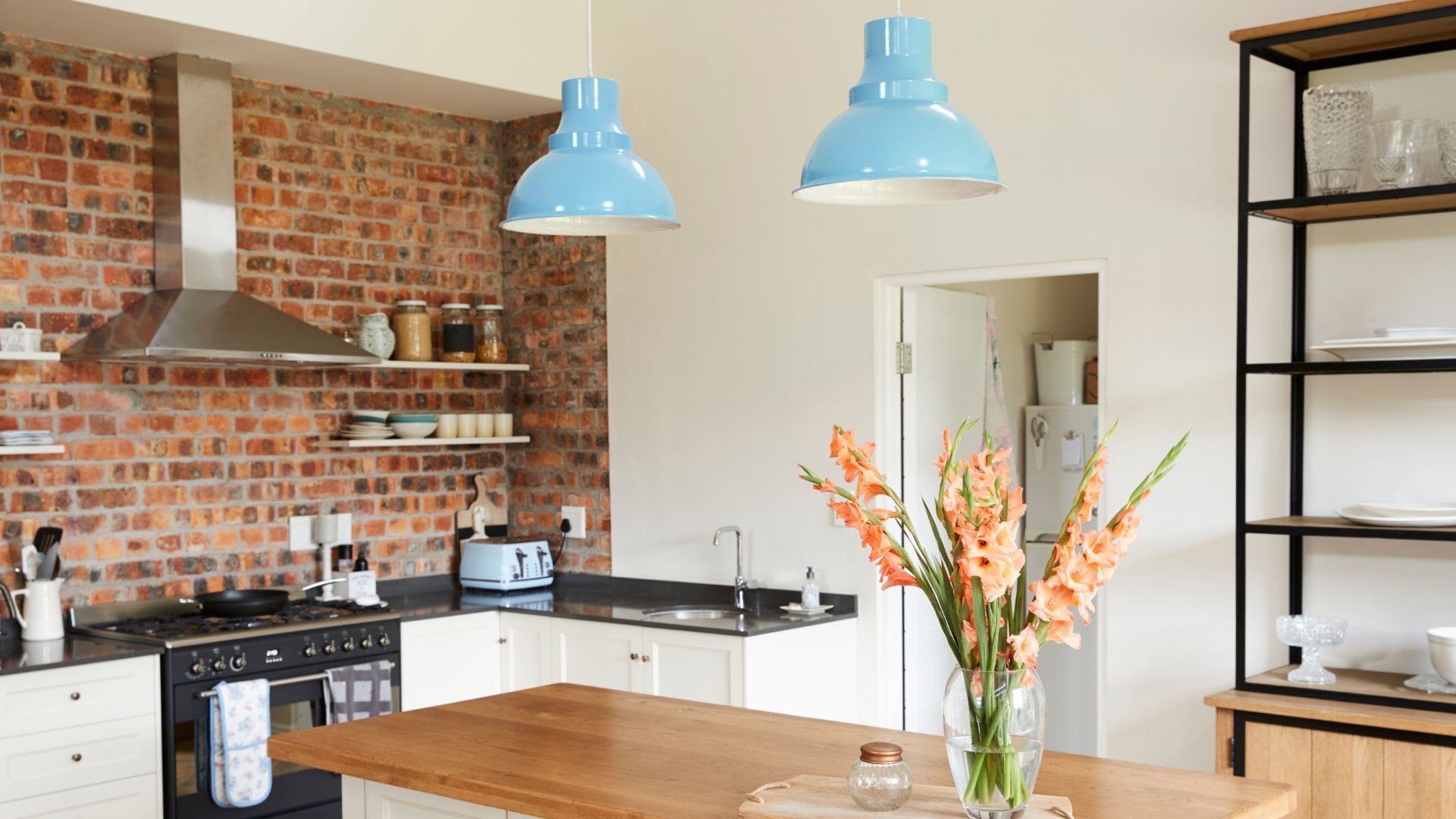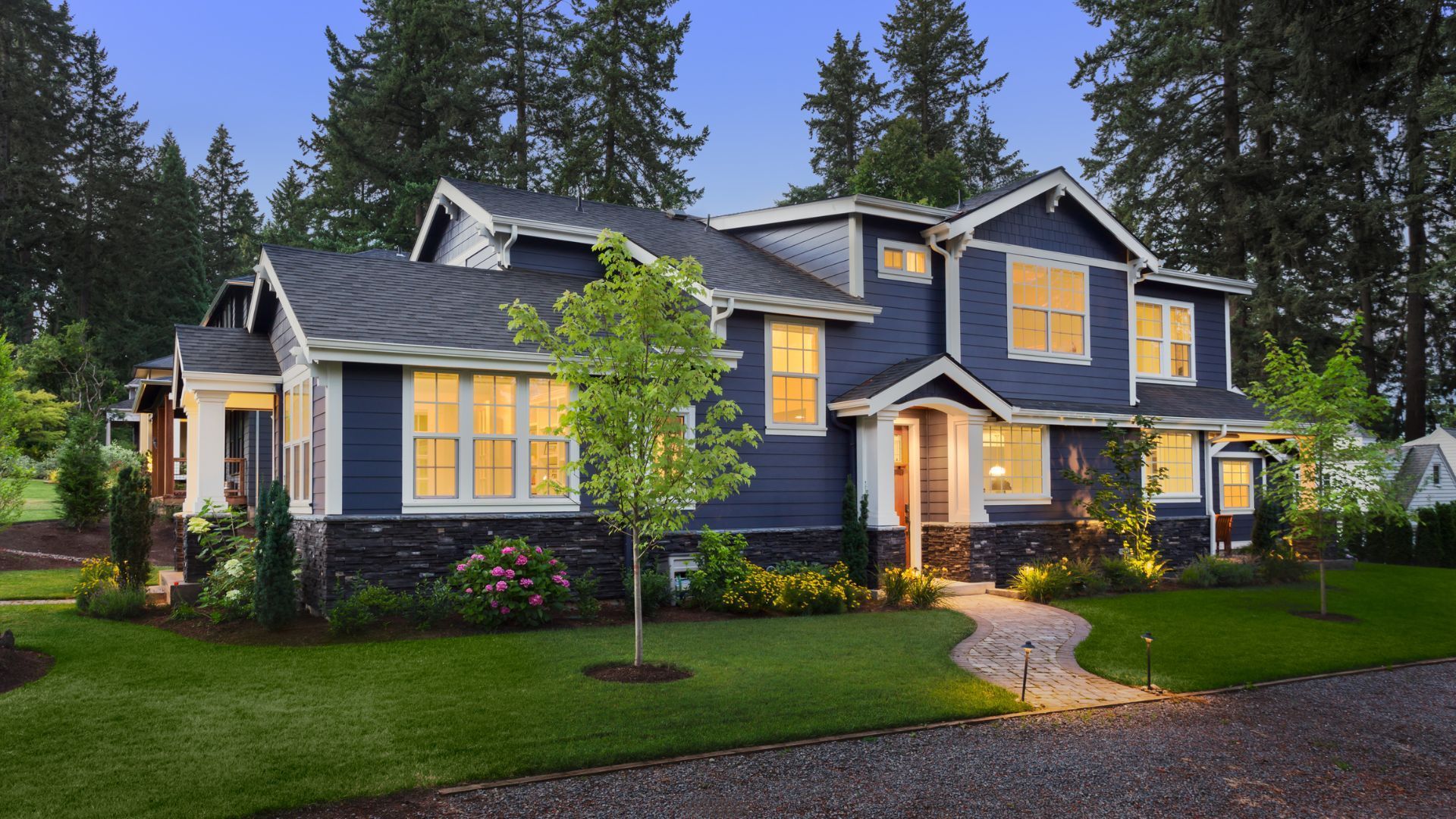Tips to Keep Fresh Paint From Chipping and Peeling
Key Takeaways
- Proper surface preparation is crucial to avoid paint peeling on new walls.
- High-quality paint with correct application techniques ensures durable results.
- Regular maintenance helps extend the life of painted surfaces.
- Professional help may be needed for challenging conditions or substrate imperfections.
Understand the Causes of Paint Peeling on Freshly Painted Walls

Paint peeling occurs when the paint fails to adhere properly. This failure is often due to surface imperfections, moisture, and improper application techniques, as noted by Stateline Painters. Dirt, grease, and dust can prevent a strong bond, leading to areas lifting and peeling off.
Identify Surface Imperfections That Lead to Peeling Paint
Rough surfaces, flaking previous coatings, cracks, or residual debris reduce the effective contact area for the paint, resulting in poor adhesion even with high-quality products.
Recognize the Impact of Humidity on Painted Surfaces
High humidity allows moisture to seep into porous walls, weakening the bond between primer and paint. For sustained quality, consulting
Stateline Painters can help address issues before they escalate. Fluctuating humidity causes the paint to expand and contract, eventually breaking the adhesive bond—especially in bathrooms, basements, and damp environments.
Examine the Role of Improper Application Techniques
Using incorrect techniques, such as insufficient mixing or applying coats too thin or too thick, can lead to cracking and peeling. Uneven roller or brush strokes cause inconsistent coverage and weak adhesion.
Learn About Low-Quality Paint and Its Effects
Low-quality paints may dry too quickly or be too brittle, forming micro-cracks that quickly develop into full peeling. Investing in premium paints with durable resins and proper additives can reduce these issues.
Determine How Temperature Fluctuations Can Cause Issues
Temperature changes cause materials to contract and expand. If the paint is not designed to handle these changes, micro-fractures can develop, allowing moisture to undermine the adhesion.
Investigate the Consequences of Moisture Ingress
Moisture from leaks, condensation, or rising damp can accumulate under the paint, breaking the bond with the wall. Poor ventilation and areas exposed to direct moisture are particularly vulnerable, often leading to additional issues such as mold and mildew.
Prepare Surfaces Thoroughly Before Painting
Good preparation is key to a lasting paint job. Cleaning, sanding, and priming create an ideal surface that promotes proper adhesion and minimizes peeling.
Clean Walls to Remove Dust and Grease Effectively
Remove all contaminants using a detergent solution and a soft brush or sponge. Rinse thoroughly and allow the surface to dry completely to ensure even adhesion.
Sand Surfaces to Create a Smooth and Even Base
Sanding removes loose particles and creates a slightly rough texture for a better grip. Use fine-grit sanding paper and wipe away the dust to achieve a smooth surface.
Apply Primer to Strengthen Paint Adhesion
A quality primer bonds well to the wall, sealing porous surfaces and blocking moisture. This step is critical when covering old paint or stains, particularly in humid areas.
Ensure Repairing of Cracks and Holes Is Done Properly
Fill any cracks or holes with appropriate patching compounds and sand them smooth. Proper repairs prevent moisture infiltration and provide a uniform surface for the new paint.
Evaluate the Necessity of Sealing Porous Materials
For surfaces like unpainted drywall or untreated wood, use a sealer to prevent over-absorption of paint. This helps maintain an even finish and minimizes the risk of peeling.
Wait for Surfaces to Dry Completely Before Application
Even when a wall appears dry, microscopic moisture can remain. Allow ample drying time or use dehumidifiers to ensure the surface is completely dry before painting.
Choose the Right Paint and Materials

Selecting high-quality materials is as important as proper surface preparation. The right paint, primer, and tools contribute to a seamless and enduring finish.
Select High-Quality Paint Suited for the Environment
Choose paints designed for your specific conditions—whether interior or exterior, high-traffic areas or areas with severe weather. Advanced formulations enhance adhesion and flexibility.
Use Paint Additives to Improve Longevity and Flexibility
Additives like anti-foaming agents, mildewcides, and emulsifiers help maintain consistent viscosity, reduce bubbles, and protect against moisture and microbial growth.
Consider Specialized Primers for Problematic Areas
In moisture-prone or previously problematic areas, specialized primers block stains and moisture ingress, creating a better base for the new paint.
Opt for Weather-Resistant Finishes for Exterior Walls
Exterior walls need weather-resistant finishes that withstand UV rays, rain, and temperature changes. These finishes retain color and gloss while maintaining adhesion.
Pick Appropriate Brushes and Rollers for Application
Use high-quality, synthetic brushes and specialized rollers to ensure even distribution. Consistent application leads to a uniform layer and reduces the risk of peeling.
Be Aware of VOC Levels in Paints for Indoor Air Quality
Low-VOC or VOC-free paints not only promote healthier indoor environments but also often form stronger bonds with surfaces, helping to prevent peeling.
Apply Paint Correctly for Best Results
Even the best materials require proper application. Adhering to the manufacturer's instructions and correct techniques ensures full coverage and long-lasting adhesion.
Use the Right Technique for Each Brush Stroke
Apply paint with even, overlapping strokes and consistent angles. Techniques like back-rolling blend the paint evenly, reducing the risk of streaks or patchiness that can lead to peeling.
Maintain Consistent Pressure While Painting Surfaces
Using uniform pressure during application helps deposit an even layer, minimizing areas of thin coverage that might peel over time.
Allow Adequate Dry Time Between Coats of Paint
Follow recommended drying times to allow each layer to cure fully. Rushing the process can trap moisture between layers, compromising the bond.
Avoid Painting in Extreme Temperature Conditions
Choose moderate weather conditions for painting. Extremes in heat or cold can affect the drying process and weaken the adhesion between layers.
Keep Paint Cans Sealed to Prevent Drying Out
Seal paint cans when not in use to maintain proper consistency. Dried-out paint can result in uneven textures and an increased risk of peeling.
Follow the Manufacturer's Instructions for Optimal Application
Always follow the guidelines provided with your paint. These include mixing, application techniques, and environmental recommendations to achieve the best results.
Maintain Freshly Painted Surfaces Regularly
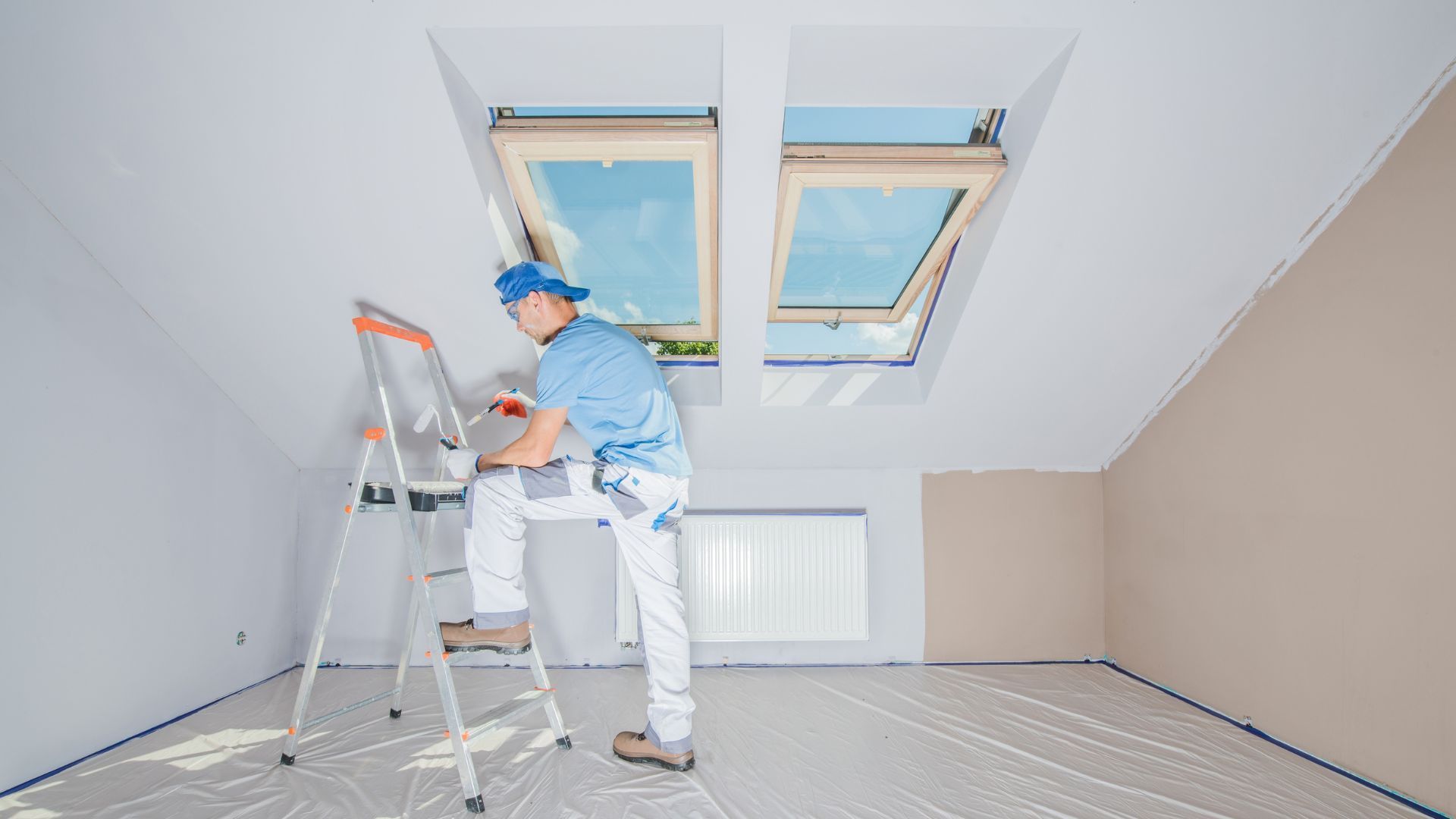
Regular maintenance is essential to preserve the look and integrity of painted surfaces. Regular inspections and gentle cleaning help identify and address issues before they worsen.
Clean Painted Walls Gently to Avoid Damage
Use soft cloths or sponges with mild detergent to remove dust and grime without damaging the paint.
Monitor for Signs of Mold and Address Promptly
Keep an eye on high-humidity areas for early signs of mold. Prompt treatment with fungicides and improved ventilation can prevent further damage.
Inspect Surfaces for Peeling or Bubbling Paint
Regularly inspect walls for any signs of bubbling or edge lifting. Early repair can reinforce the paint layer and prevent extensive peeling.
Repaint as Needed to Maintain Appearance and Protection
Timely touch-ups or repainting, following proper preparation, help sustain the wall’s appearance and protective barrier.
Ensure Ventilation to Reduce Humidity Levels
Good airflow helps reduce humidity that can lead to moisture buildup behind the paint. Use exhaust fans or open windows regularly to maintain optimal conditions.
Utilize Dehumidifiers in High-Moisture Areas
In areas with poor natural ventilation, especially basements or bathrooms, dehumidifiers help control moisture and protect the paint.
Seek Professional Help When Necessary
For extensive damage or complex issues, professional painting contractors can offer the necessary expertise and equipment to resolve problems effectively.
Evaluate When to Hire a Painting Contractor
If you encounter significant moisture damage or widespread peeling, hiring a professional contractor ensures that underlying issues are properly addressed.
Understand the Benefits of Professional Surface Preparation
Experts use advanced techniques and equipment to prepare surfaces thoroughly, ensuring better adhesion and a longer-lasting finish.
Learn About Warranties and Guarantees Offered
Many professional services offer warranties, providing peace of mind and assurance of quality work in case of future issues.
Ask for Recommendations on Reputable Painters
Seek reviews and references to engage a contractor who meets industry standards for quality and reliability.
Discuss Budget Concerns Before Hiring
Clear communication about costs and services helps prevent unexpected expenses while ensuring high-quality work.
Request Prior Work Samples to Assess Quality
Reviewing a contractor’s previous projects can help gauge their skill in delivering smooth finishes and lasting results.
Frequently Asked Questions
Q: What causes paint to peel on new walls?
A: It is mainly due to poor surface preparation, high humidity, improper application, low-quality materials, and moisture intrusion.
Q: How can humidity affect painted surfaces?
A: High humidity leads to moisture accumulation behind the paint, weakening adhesion and causing peeling.
Q: What steps should be taken before painting to prevent peeling?
A: Thorough cleaning, sanding, priming, repairing damage, sealing porous surfaces, and ensuring complete drying are essential.
Q: Why is it important to allow proper drying time between coats?
A: Proper drying ensures that each layer cures fully, preventing moisture entrapment and weakening of the bond.
Q: When should a professional painting contractor be hired?
A: Hire a professional when there is extensive damage or moisture issues that go beyond basic DIY repair.
Final Thoughts
Proper paint adherence is achieved through meticulous surface preparation, quality materials, and careful application. Regular maintenance and timely repairs not only preserve the beauty of your walls but also protect them against environmental challenges. By following these practices, homeowners and businesses can enjoy sturdy, attractive, and durable painted surfaces.


